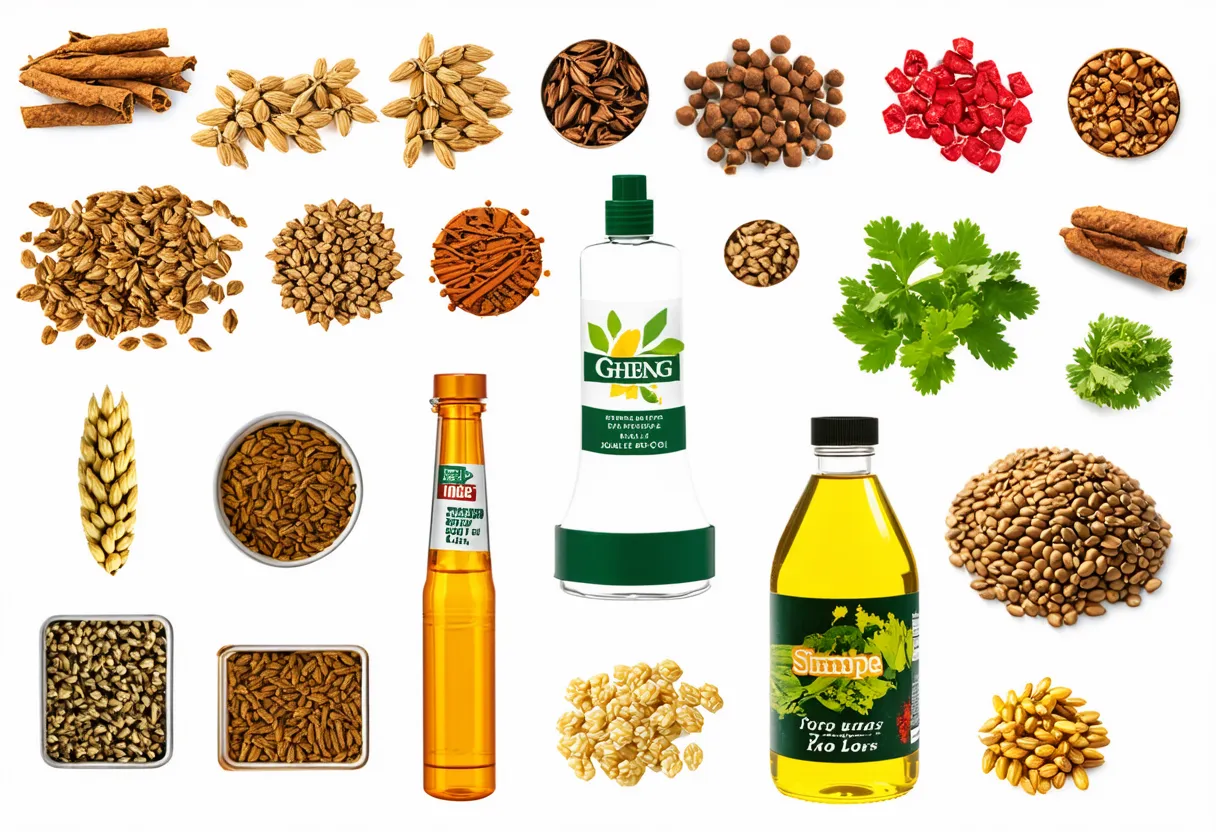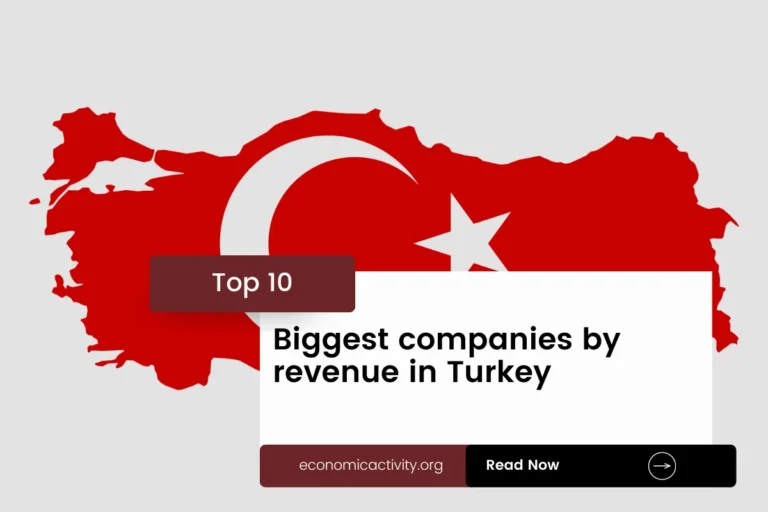Syrian Arab Republic, with a population of 22,125,249, is ranked 58th in the world, just behind Sri Lanka. Located in the Middle East, it covers 185,180 square kilometers, ranking 84th globally, just below Senegal.
The Syrian Arab Republic’s economic position in 2022 shows a GDP of $22,412,000,000, ranking 112th globally. It falls behind Bosnia and Herzegovina, with a GDP of $24,473,906,673.70. In terms of GDP per capita, Syria has $6,373, ranking 100th worldwide, trailing behind Ecuador with a GDP per capita of $6,391.28.
Despite facing challenges, such as political instability and conflict, Syria continues to strive for economic growth and stability in the region.
What are the economic activities of Syria?
- Primary activities: 20% of GDP.
- Secondary activities: 19.5% of GDP.
- Tertiary activities: 60.8% of GDP.

Primary Sector of Syria
The primary sector in Syria, particularly agriculture, thrives due to its diverse climate and abundant natural resources. With 75.77% of the country’s land dedicated to agriculture, Syria produces a variety of crops and animal products such as wheat, milk, olives, sheep milk, tomatoes, potatoes, maize, watermelons, apples, and oranges.
Despite contributing 20% to the GDP, agriculture remains a vital sector in the economy. The top ten agricultural products based on tonnage showcase the importance of agriculture in Syria, highlighting the significant role it plays in providing food security and employment opportunities for the population.
Syria’s geological diversity provides a rich array of natural resources, including petroleum, phosphates, chrome, manganese ores, and more. These resources significantly impact the economy through sectors like mining, energy, and construction, contributing to the country’s overall development and growth.
Syria’s oil production of around 34,151 barrels per day ranks 41st globally, with reserves of 2.5 billion barrels, representing 0.15% of world reserves. This economic activity plays a crucial role in the country’s development and growth, contributing to various sectors and industries.
Syria’s gas production of 4.3 billion m³ in 2020 ranks it 54th globally, further boosting its economic activity.
Secondary Sector of Syria
What is the secondary sector or what are secondary activities?
The secondary sector comprises industries that produce finished goods from raw materials. In Syria, key industrial products include petroleum, textiles, food processing, beverages, tobacco, cement, oil seeds crushing, and automobile assembly. These industries play a crucial role in creating products for both domestic consumption and export.
In 2023, Syria’s total exports are dominated by other sectors, making the percentage of manufacturing exports relatively insignificant, reflecting a diversified export profile.
Tertiary sector of Syria
What is the tertiary sector or what are tertiary activities?
The tertiary sector in Syria encompasses various services that focus on providing knowledge and expertise to enhance productivity and meet needs. This sector includes intangible goods like advice, attention, and expertise, catering to both consumer and business-to-business needs. Key tertiary activities in Syria are healthcare and medical care, education and training, banking and finance, communication and information exchange, tourism and hospitality, and transportation and logistics. These services play a crucial role in supporting the economy and improving the overall quality of life in the country.
Specifically, Syria’s economy heavily relies on tourism, contributing significantly to its GDP. With 2,424,000 annual arrivals and a tourist arrivals/population ratio of 0.1096, popular destinations like the ancient city of Palmyra and the old cities of Damascus and Aleppo attract visitors. However, the ongoing conflict has severely impacted the tourism industry.
Another example of tertiary economic activity is the mobile cellular sector, with nearly 17 million subscriptions, supporting technological growth by enhancing communication, fostering innovation, and facilitating digital services.
International Trade of Syria
Import Activities of Syria

Syria’s high import activities, accounting for 20.97% of GDP, play a crucial role in meeting domestic demands and supporting economic growth.
Syria’s main import partners are Turkey, UAE, China, Lebanon, and Egypt. The country imports tobacco, plastics, wheat, seed oils, and plastic products. These imports play a crucial role in meeting domestic demand and supporting various industries.
Exports Activities of Syria

Syria’s total exports in 2023 reached $771 million, accounting for 3.44% of its GDP. With low importance, export activities play a modest role in the country’s economy.
Syria’s export activities primarily focus on pure olive oil, nuts, phosphates, cotton, and garments. The country’s main export partners are Turkey (29%), Kuwait (15%), Lebanon (14%), Jordan (8%), and Egypt (7%).
Syria economy challenges in 2024
Syria, a low-income Middle Eastern economy, faces challenges in 2024. Devastated by an 11-year civil war, ongoing US sanctions worsen the situation. Hyperinflation and sporadic trans-migration add to the struggle. The World Bank trust fund provides support amidst the turmoil.




Leave a Reply